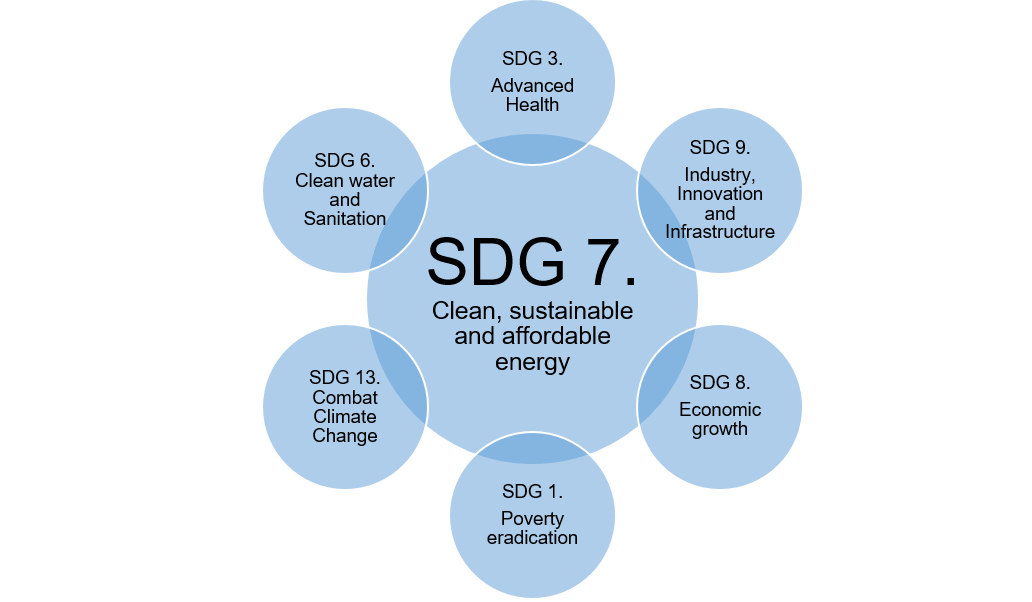Wind Industry Remained Resilient During COVID-19 Crisis
30 Jul 2020 by Davine Janssen
Despite major disruptions to production and assembly in the first semester, installation of new wind farms over the first half of 2020 was comparable to previous years, industry figures show.
However, total 2020 installations are expected to fall short by around 20% from the more bullish initial industry forecasts, according to a report by WindEurope, a trade association.
“The first half of 2020 was anything but business as usual,” says Pierre Tardieu, chief policy officer at WindEurope. The EU “implemented unprecedented measures to counter the health crisis which affected all areas of the economy,” he said in a statement accompanying the report, published on Thursday (30 July).
“But wind remained resilient,” Tardieu added. “Our turbines produced a record amount of electricity. National governments held competitive auctions. And our industry continued to build new wind farms applying strict health and safety protocols”.
On land, 3.9 GW of wind turbines were built in the first semester of 2020, compared to an average of 3.7 GW over the last three years.
Despite the slight increase, these figures indicate that “Europe is not on track for the installation levels expected in 2020,” the report explains.
Offshore wind installations even declined in absolute terms, with 1.2 GW installed in the first semester of 2020 compared to 1.9 GW in 2019 and a three-year average of 1.5 GW.
However, the large size of individual offshore wind projects means that offshore wind installations “vary significantly year on year,” WindEurope writes. In addition, “2019 was a record year for offshore wind in Europe”.
Major disruptions in first semester
Still, the first semester of 2020 was far from what the European Wind sector had initially predicted.
Construction of new wind farms in Europe was impacted both when the COVID-19 outbreak in Asia disrupted supply chains in January and February, as well as when lockdown policies across several European countries affected the movement of workers and goods soon after.
“In China the COVID-19 outbreak took place mostly in January and February and affected the export of key wind components to Europe,” WindEurope writes. “In India, the world’s largest manufacturing base for wind turbine gearboxes, the lockdown forced some component manufacturers to temporarily suspend their production activities.”
“For Europe, the peak of the disruption was in early April when 19 manufacturing sites were temporarily closed in Spain and Italy in response to Government measures.”
The lockdown also impacted operation and maintenance services and the commissioning of both on- and offshore wind farms, WindEurope says.
High generation during low demand
But while construction of new wind farms fell short on what the sector expected, existing installations broke records during the pandemic.
As electricity demand decreased across the continent, nuclear and gas supplies were scaled back and renewable resources accounted for a relatively higher share of electricity supply, WindEurope explains.
So much so that “renewable electricity generation exceeded fossil fuel generation, for the first time ever,” the association says. In total, renewables generated 40% of the European Union’s electricity, whereas fossil fuels accounted for 34% over that period.
Wind power accounted for the largest share of that, followed by hydro, bioenergy and solar.
Between 1 January and 30 June, wind farms accounted for 241 TWh of electricity production, covering 17% of electricity demand (14% from onshore and 3% from offshore wind), WindEurope writes.
But even before electricity demand fell, wind power was on track for beating records, WindEurope emphasises, saying it “met 24% of the electricity demand for the entire month of February before the COVID-19 impact had taken its toll on countries’ demand.”
Offshore financing record
Despite uncertainties about new disruptions due to the pandemic, financing for new wind energy projects increased, reaching a record €14.3 billion.
“In total for both onshore and offshore wind, 6.3 GW of new capacity has been financed, 58% more than at the same time in 2019,” WindEurope writes.
The strong performance was primarily driven by “an extremely positive half-year for offshore wind energy with 5 final investment decisions (FIDs), 4 of which are in excess of €2 billion,” it says
“The capital has been raised to finance a total new offshore capacity of almost 3.7 GW, making it already the second highest annual figure in the last decade after just 6 months.”
The impressive numbers for offshore financing stand in sharp contrast to the 33% decrease in investments for onshore projects compared with the first 6 months of 2019, which totalled only €3.3 billion.
According to WindEurope, this difference shows the impact of the pandemic on smaller projects as opposed to large ones.
But WindEurope is confident that the entire sector will benefit from the recovery package that was adioted by the 27 European heads of states earlier this month.
“The wind industry is uniquely positioned to contribute to a future-proof economic recovery under the €750bn EU recovery plan, 30% of which will go to green investments,” the association says.



